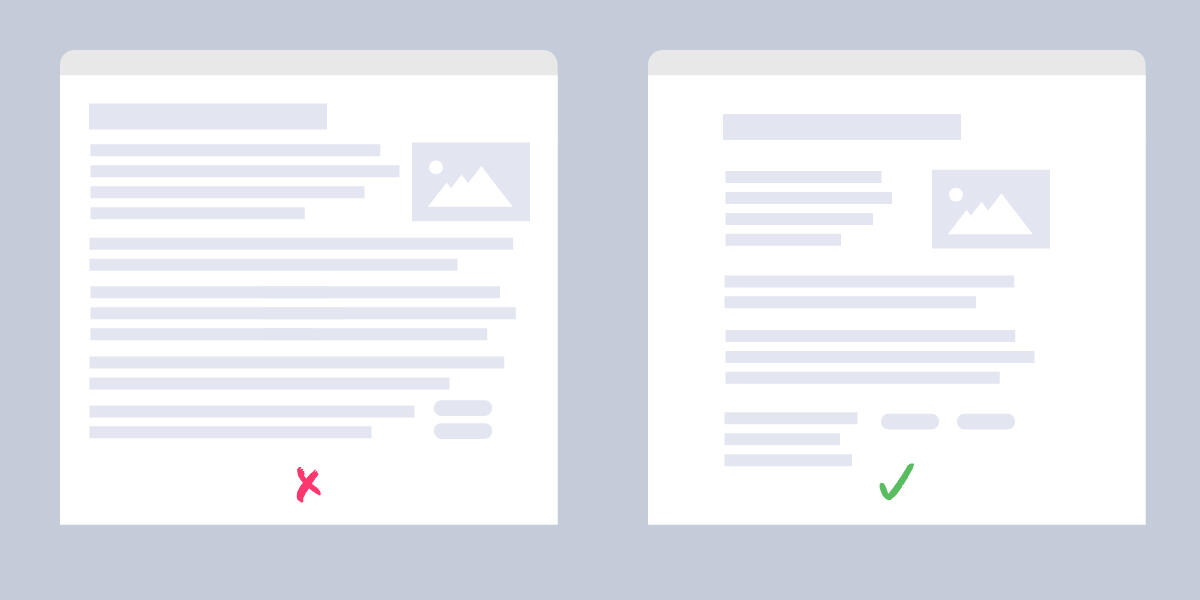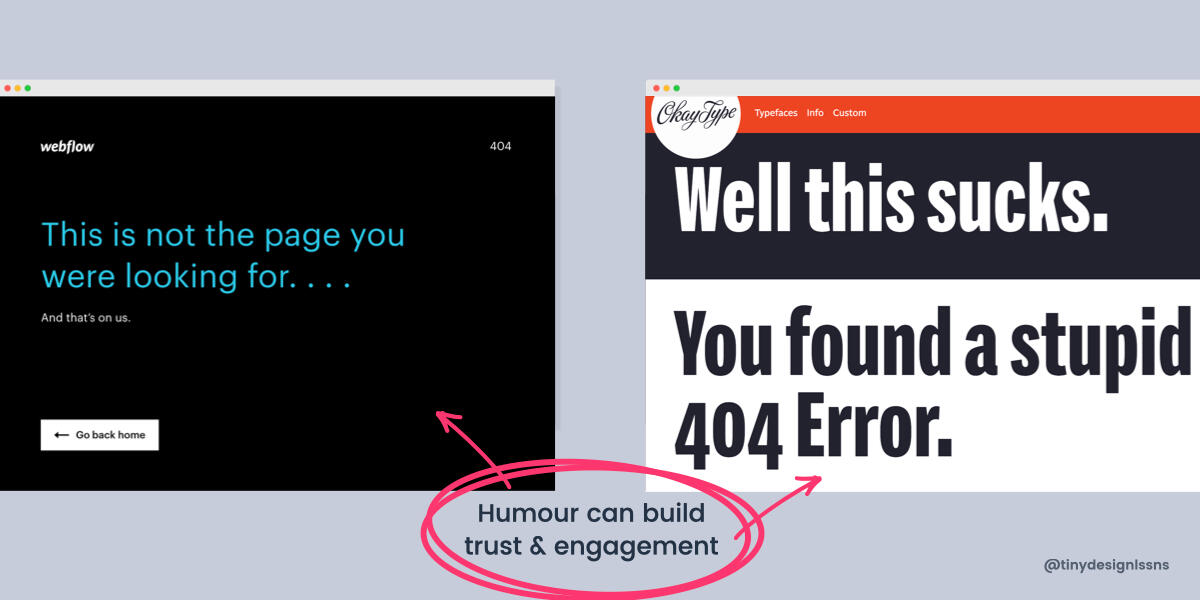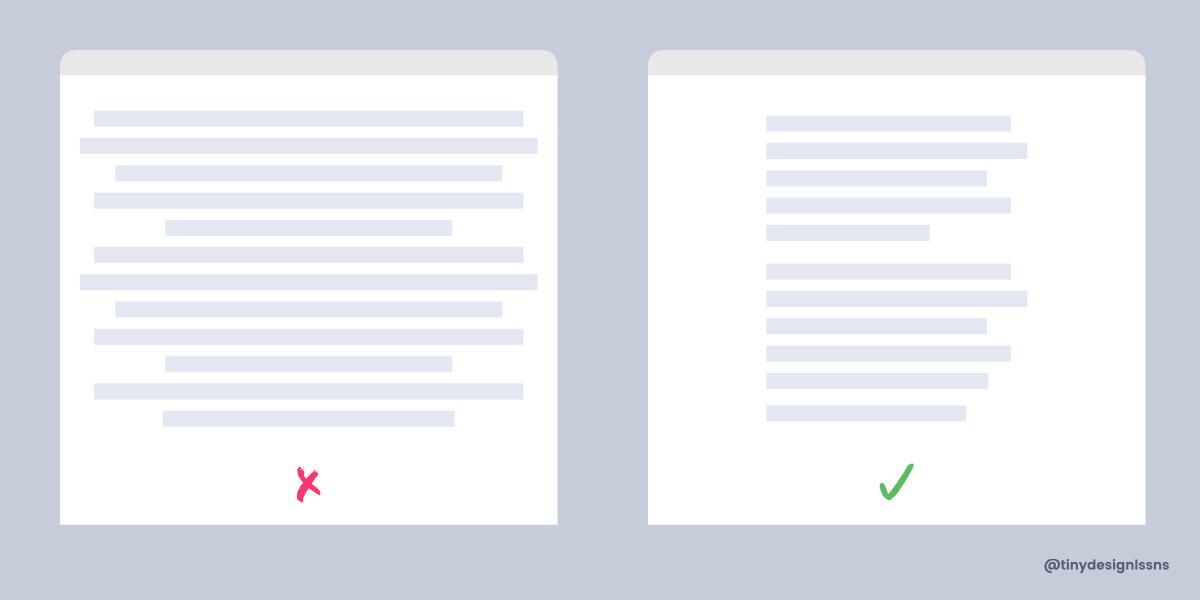
Part of Tiny Lessons Club
Get the ebook
A collection of 50 bite-sized, actionable design tips for makers and creators
$20
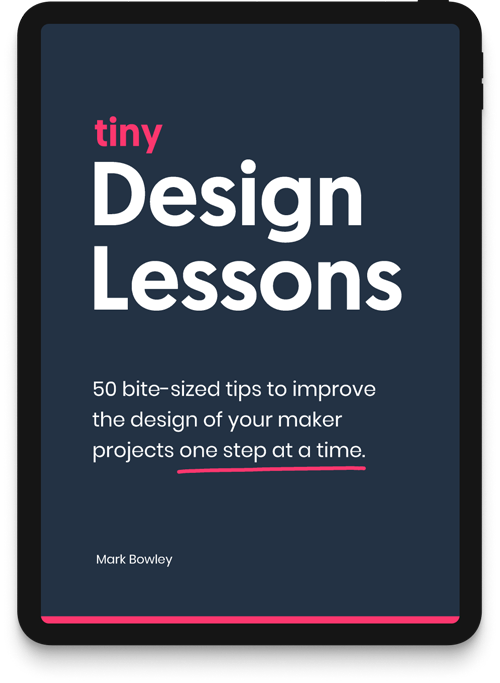
Over 150 copies sold ⭐️⭐️⭐️⭐️⭐️
The Tiny Design Lessons ebook contains 50 simple tips on visual and usability design principles. The tips have been heavily distilled and simplified, to give you just enough knowledge to take action without draining your time. Many of the lessons also come with links to further resources, such as examples, templates and worksheets.
Do you struggle with design?
Of the many hats makers and creators have to wear building solo projects, design is often a struggle and ignored. They don’t know enough basic design to make their work look better or easier to use. On top of that, design courses are too long or jargon-filled. You need design advice that's simple and clear, so you can keep on creating without feeling over-stretched.
A low effort way to improve your knowledge
With this book, I want to teach you simple steps to make a big difference. To give you more confidence in using design every day, or gives you a better idea of how design principles can apply to almost anything you create. I just want to help you build better things, using the power of design.
Who is this for?
The ebook is for you if
you want your work to look as good as it can, and cover usability basics.
you find most design guidance too generic, jargon-filled, or too detailed.
you want clear and simple answers your design questions.
What you’ll learn
The ebook will show you how to
improve the visual design of your projects one step at a time.
make sure you’ve covered usability basics before you ship something.
launch projects that are visually better and more delightful to use.
“Easy to digest, concise and interesting.”
Featured by
Happy customers

Dru Riley @DruRly
Happy Tiny Design Lessons customer here :)

Kieran @nocodelife
This is absolutely brilliant. I genuinely learned loads just from three pages.

Sarwech Shar @sarwechs
You’re on fire, Mark! 🔥 Love Tiny Design Lessons and I often come back to it for design inspiration.

Lundy @WmLundy
Purchased! Book is loaded with quick insights and best practices. Exactly what I was hoping for.

Matt @makermattevans
Not even looked inside and already know this is going to be worth many times the purchase price. Great effort Mark!

Marc @MrMarcFletcher
Easy to digest, concise and interesting. I find this book to be a useful reference when building websites and it's time for the detailed work!
Example ebook pages
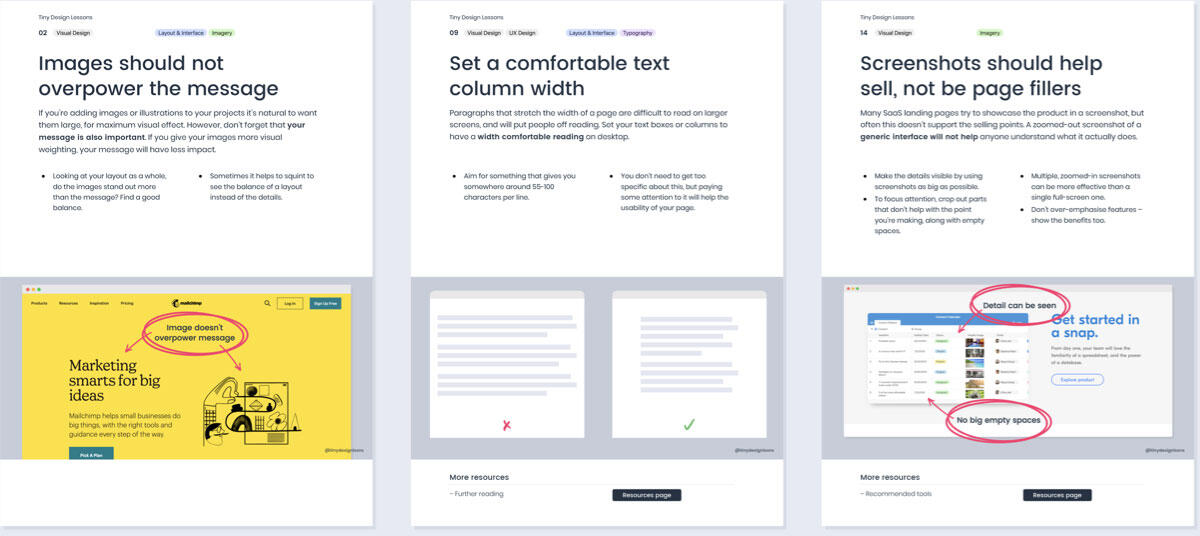
Buy the ebook
$20
50 actionable, bite-sized lessons
Covers Visual and UX design
Additional resources
Topic indexes (e.g Typography)
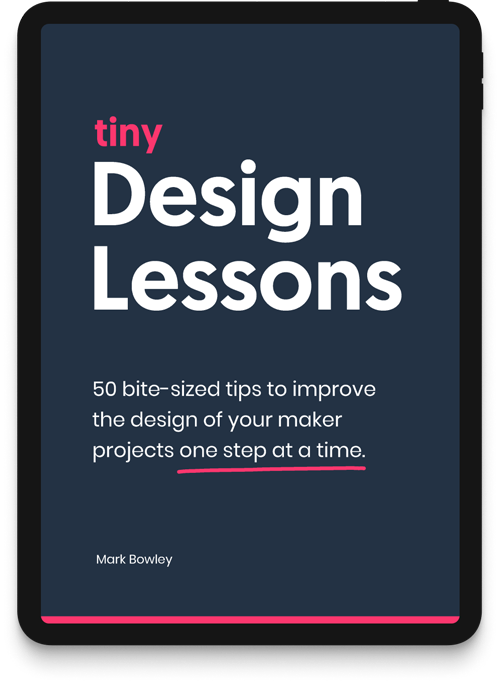
Over 150 copies sold
Hi, I’m Mark 👋I’ve been in design for more than two decades. I’ve worked on marketing design, brand design and UX design. I’m also a maker and creator myself, launching small experiments and useful tools using no-code tools.

Stephen Campbell @stepocampbell_
Helped me with some key pointers to change my perspective on design, somewhat simplifying it and having me more relaxed going into a new build.

Dru Riley @DruRly
Happy Tiny Design Lessons customer here :)

Michael Novotny @michaeljnovotny
It’s helped me quickly find design nuggets to help implement better design with my landing page. It gave me reassurance of things to verify like as if I talked with a designer.

Sarwech Shar @sarwechs
You’re on fire, Mark! 🔥 Love Tiny Design Lessons and I often come back to it for design inspiration.

Kieran @nocodelife
This is absolutely brilliant. I genuinely learned loads just from three pages.

Lundy @WmLundy
Purchased! Book is loaded with quick insights and best practices. Exactly what I was hoping for.

Büşra Coşkuner @beesea
I’m really happy with your book. I feel like I have a little guide that explains the most important points about design.

Matt @makermattevans
Not even looked inside and already know this is going to be worth many times the purchase price. Great effort Mark!

Marc @MrMarcFletcher
Easy to digest, concise and interesting. I find this book to be a useful reference when building websites and it's time for the detailed work!

Chris Strobl
@chrisnocode
It’s really a good product and the price is fair. I enrolled in multiple online courses on design, but it wasn’t easy applying it to my workflow.
Your book, I can open on my second screen and go through all 50 lessons while building and before deploying a product. Well done
Questions
Who is this book for exactly?
This book is for digital makers, creators and builders of all kinds. It was written with no-code makers in mind, but really it's for anyone who’s creating online.
What if I just want design resources, not lessons?
No problem, everyone has different needs. I’ve created makerdesign.tools for you – a database of 300+ design resources and tools.
Why should I care about learning? I think my designs are good already.
Design principles are important to get right. What you think is good isn’t always what users think is good, and what seems usable to you, isn’t always usable by them.
How is this different to other design courses and books?
The goal is to lower the barrier to using design to achieve your goals. I’m aiming for clear and unthreatening design advice, without jargon or long-winded explanations.
Will buying this book guarantee I’ll be able to create great designs?
No it doesn’t, it's a guide. Applying the lessons requires individual effort and the results are dependant on your circumstances amongst other external factors.
Can I become an affiliate for your ebook?
Yes you can if you have a website, newsletter, blog, podcast or anything like it for an audience of indie and no-code makers. Find out more here.

The book page has now move here.

Example lessons
Thanks for sticking with us!
Twice a week (Tues & Thurs) you'll get a short and simple email.Each one has a quick and valuable design tip or link, to help you with your online projects. The first email will be with you in the next week.
See you soon


Bite-sized design tips in your inbox
Join other founders and creators receiving a twice weekly design tip to help them make better online products.
Visual design tips
UX design tips
Design resource tips
just took a peak. some very nice stuff, nice one!
— Harry's Marketing Examples (@GoodMarketingHQ) November 25, 2020
Done. Looking forward to learning more from you Mark.
— Jon Baxter (@JonBaxter17) June 24, 2020
Awesome, just subscribed. Really looking forward to reading it
— Max Haining (@HainingMax) July 27, 2020





